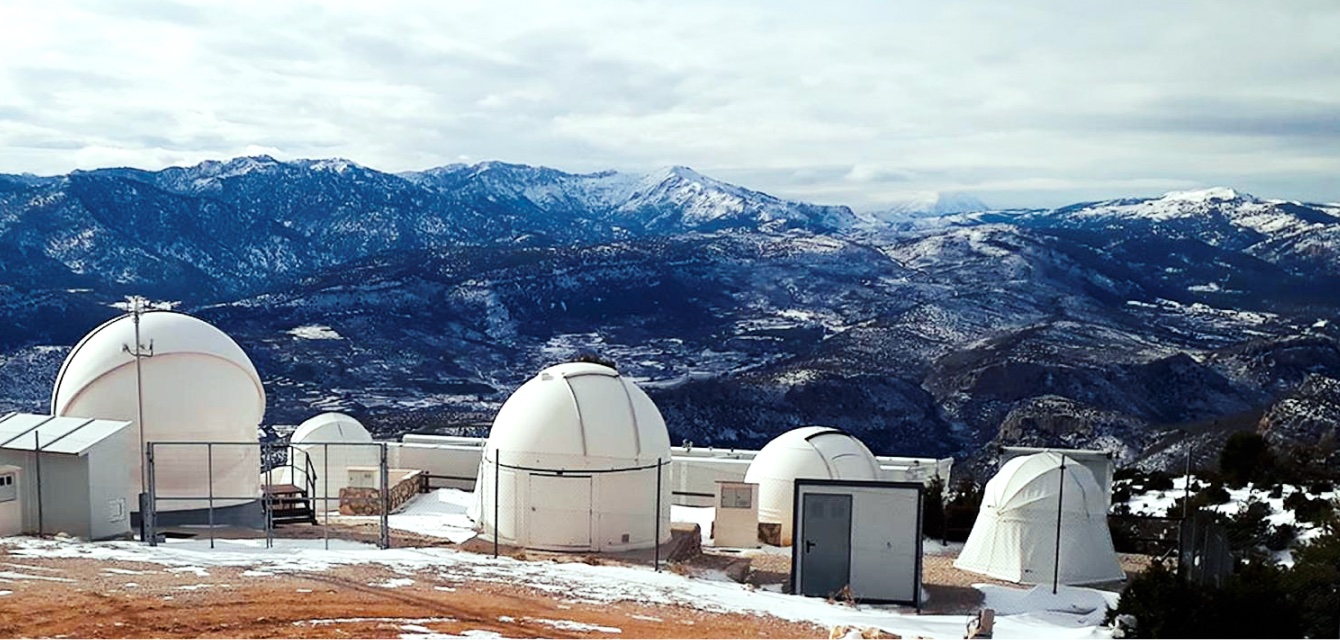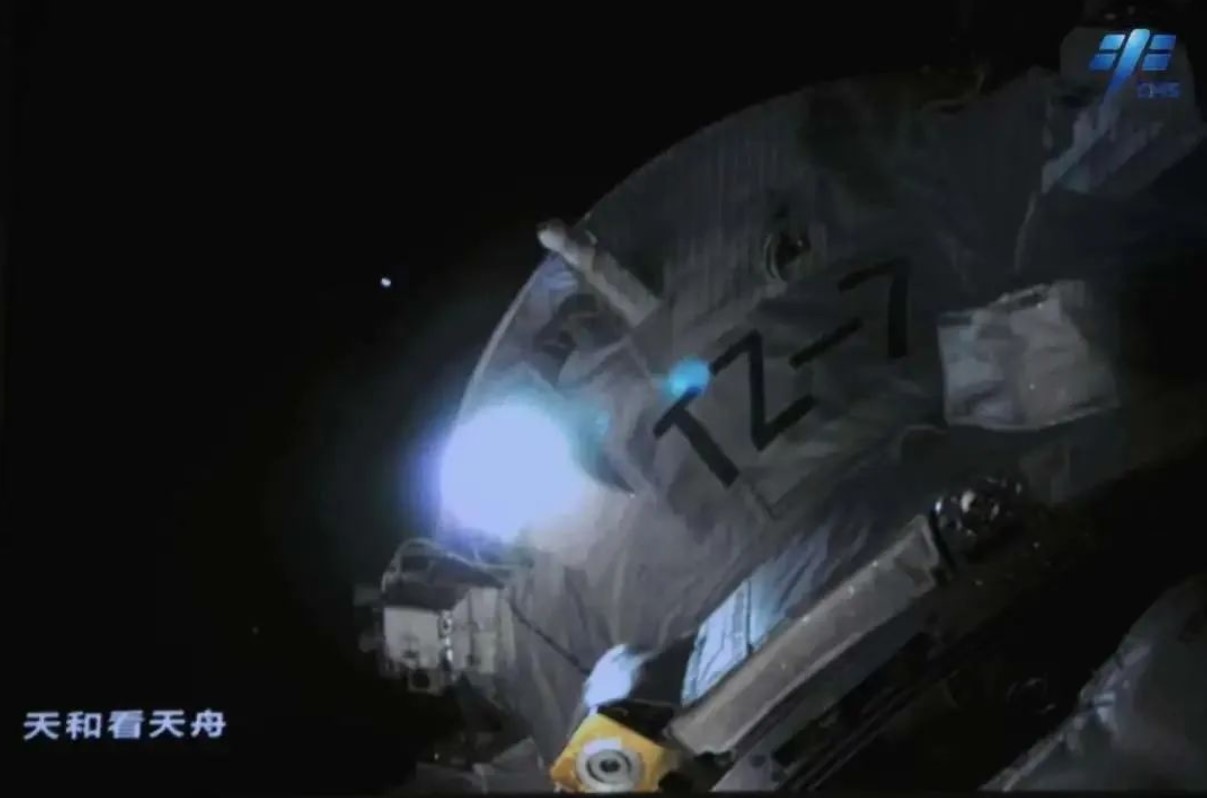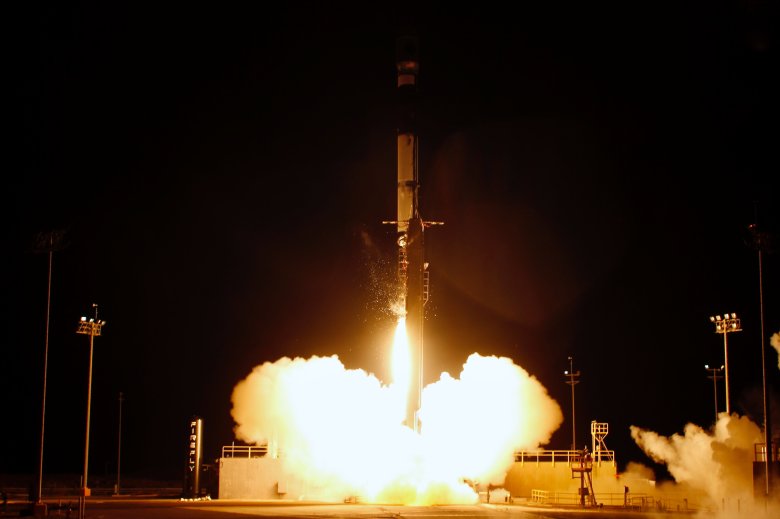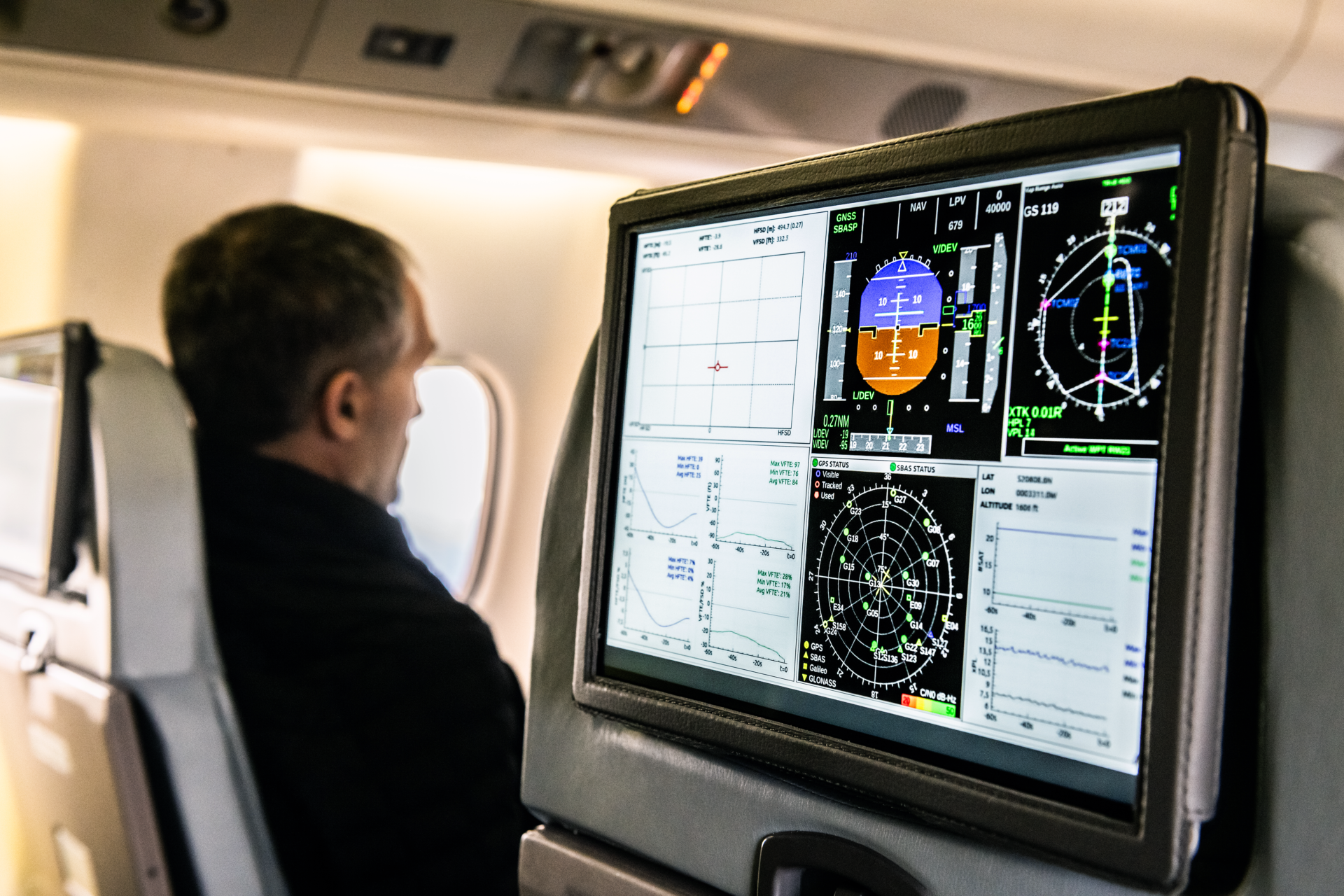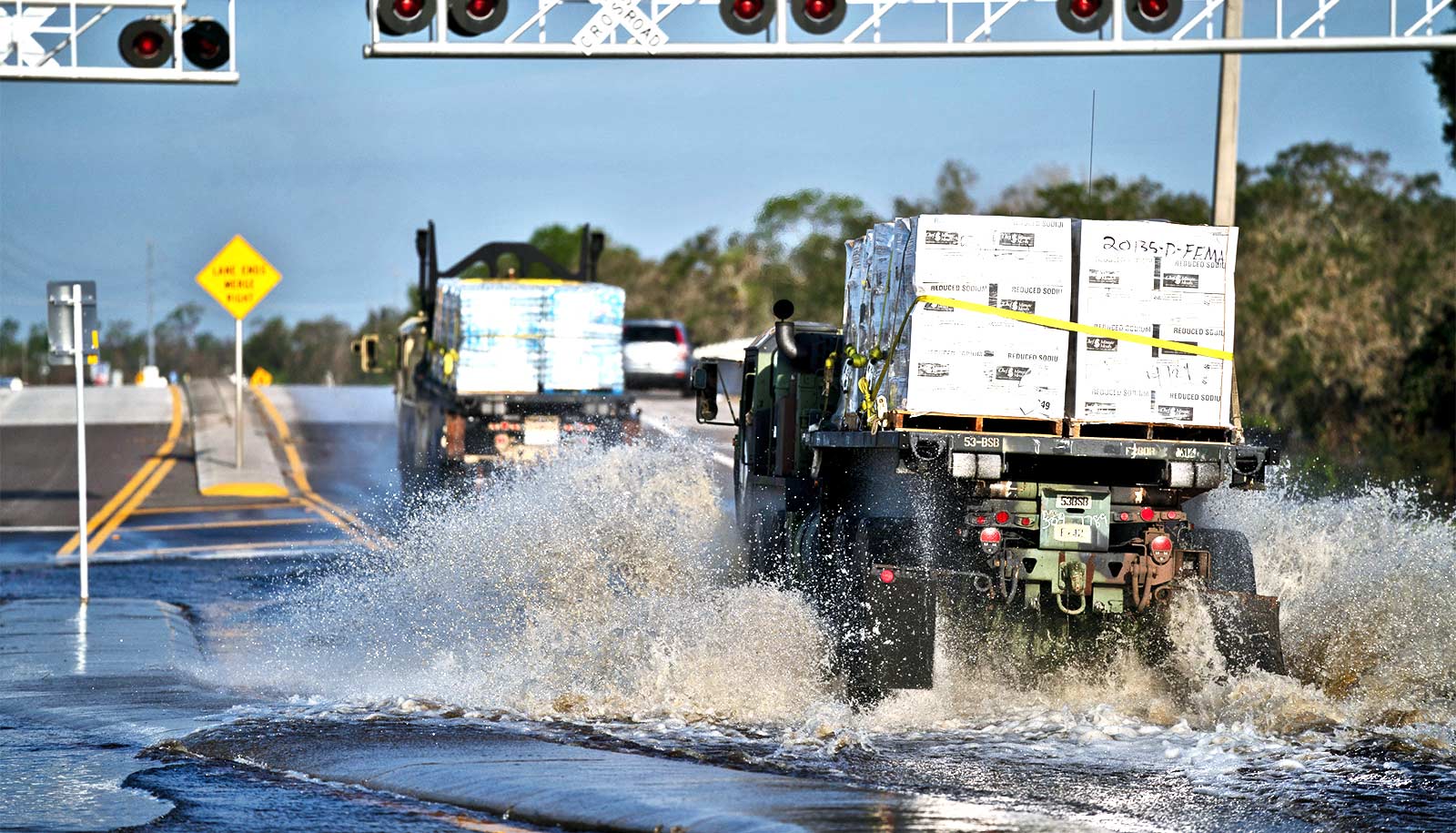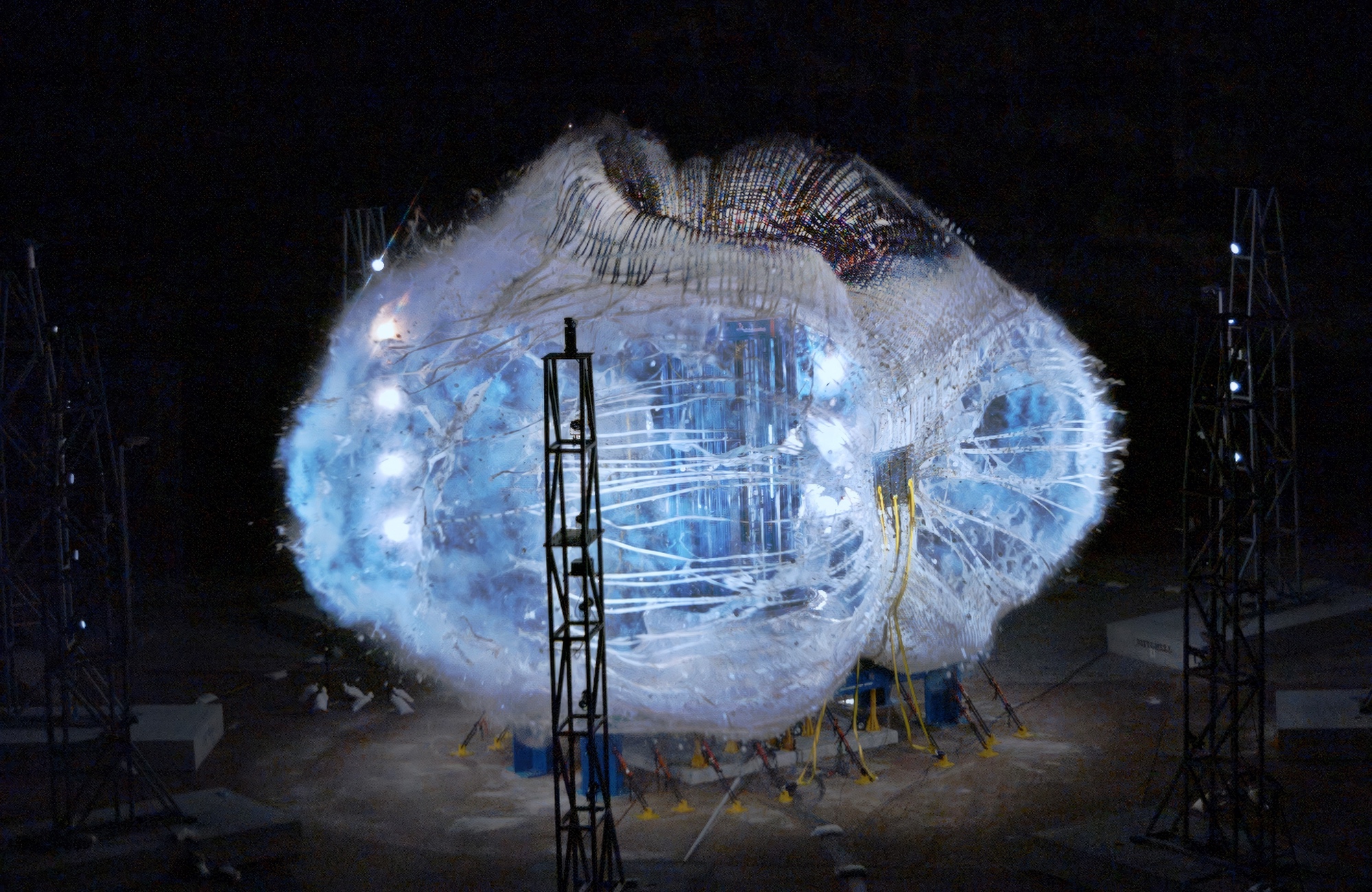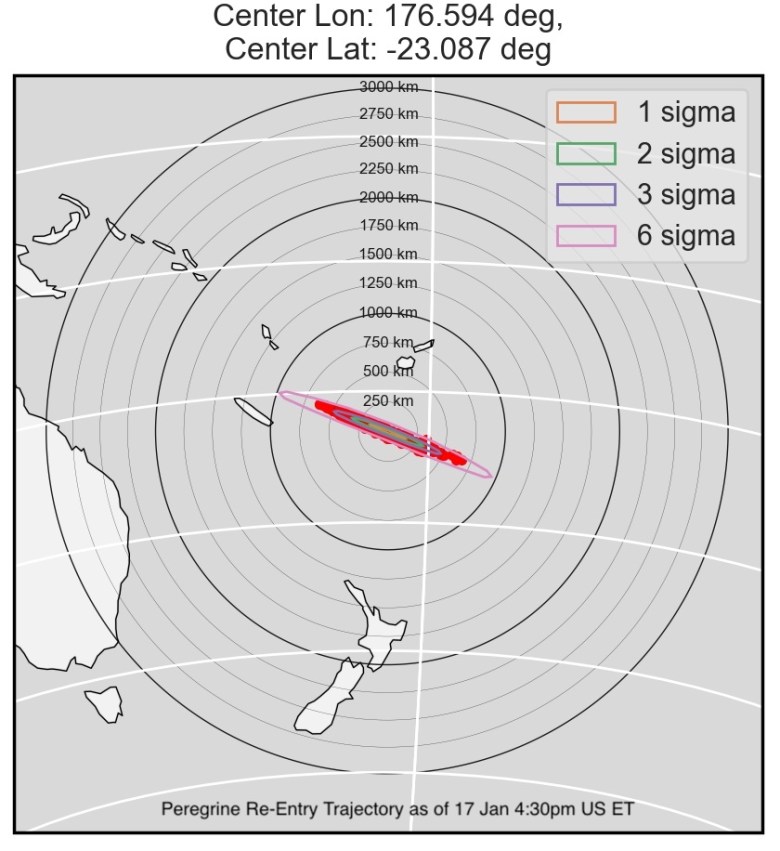WASHINGTON — The Office of Space Commerce has selected three companies to participate in a pathfinder program that could lead to the incorporation of commercial data into its space traffic coordination system.
The office announced Jan. 19 that placed orders with COMSPOC, LeoLabs and Slingshot Aerospace for data and services related to objects in low Earth orbit. The orders are part of what the office calls a Consolidated Pathfinder project to test how the office can incorporate commercial space situational awareness (SSA) data.
The Office of Space Commerce is charged with establishing a civil space traffic coordination system, which it calls the Traffic Coordination System for Space or TraCSS. It is designed to take over from the Defense Department responsibilities for tracking space objects and providing warnings of potential conjunctions to government and commercial satellite operators.
“Through this pathfinder, and others to follow, we are working diligently toward incorporating commercial capabilities into TraCSS,” Rich DalBello, director of the Office of Space Commerce, said in a statement. “The Office of Space Commerce has always championed the government’s use of commercial space capabilities, and it is a core enabler of our own SSA program.”
Two of the companies will provide both catalogs of objects they track in low Earth orbit — LeoLabs using its network of radars and Slingshot with its group of optical telescopes — as well as related services. The third company, COMSPOC, will provide orbit determination services. A fourth company, yet to be selected, will provide data integrity services.
“We will be providing them the entire catalog, plus our expertise and insight, so they can then move to incorporate commercial data into the ultimate TraCSS system,” Kate Maliga, vice president of government affairs at LeoLabs, said in an interview. The company will also provide TraCSS with the conjunction data messages, or warnings of potential close approaches, it generates from its catalog.
Mike Wasson, vice president and general manager of COMSPOC, said his company will take the catalog data from LeoLabs and Slingshot and combine it. “We will fuse those different data sources through our orbit determination processes to create an accurate state of objects in low Earth orbit,” he said. While not a part of the current project, he said COMSPOC would be able to combine that data with additional sources using different phenomenologies, like passive radar or space-based sensors.
The Office of Space Commerce said last year it planned to conduct a series of pathfinders with industry to examine how to best incorporate commercial data into TraCSS. These tests will take place in a part of TraCSS called HORIZON, which officials described last year as a “sandbox” to do testing while not affecting operational systems.
The Consolidated Pathfinder project is slated to last about six months. The Office of Space Commerce said it is planning a separate pathfinder project, called Improved Satellite Owner/Operator Ephemeris, that will incorporate satellite position data provided directly by the operators of satellites.
The ultimate goal of TraCSS is to establish a system that takes in data from multiple sources, including commercial providers and the Defense Department as well as potentially other partners, to provide civil space traffic coordination services. The office has a mandate to provide a basic safety service free of charge to satellite operators, while companies are able to charge for more advanced services.
An ongoing challenge is determining what is included in a free basic service and what are more advanced services that companies can charge for. “We have been talking with them and to a lot of the stakeholders,” said Maliga, who noted that LeoLabs currently provides premium services to about 70% of LEO satellite operators.
“We’ll see when it becomes operational,” she said of the division of basic and advanced services, “but we definitely think it’s moving in the right direction.”
The Office of Space Commerce is taking an iterative approach to TraCSS, one that Sandra Magnus, chief engineer for the program, called “crawl, walk, run” in a presentation last July. An initial Phase 1.0 is set to be ready as soon as September, with updates on a quarterly basis through September 2025.
DalBello said at the AMOS Conference in Hawaii in September that his office got off to a slow start because of a lack of funding and personnel, which has improved after the office secured $70 million for fiscal year 2023, with $88 million requested for 2024. Much of that funding will go towards purchases of commercial infrastructure, data and services, he said then.
Wasson, though, said he thinks the Office of Space Commerce could move faster by making greater use of commercial capabilities. “They could turn the switch and we could be producing what they need for Space Policy Directive 3 in a matter of days,” he said. Space Policy Directive 3 instructed the Commerce Department in 2018 to establish a civil space traffic coordination system.
He said he was concerned that the momentum built up developing TraCSS could be lost if there is a change in administrations after the 2024 elections, unless there was a system already in operation before then.
“What we’re going to be doing with our commercial partners is continuing to advocate that after this pathfinder that they don’t shut things down,” he said. “They can keep this as a funded effort and we start adding on additional features to make this a viable solution in 2024.”

